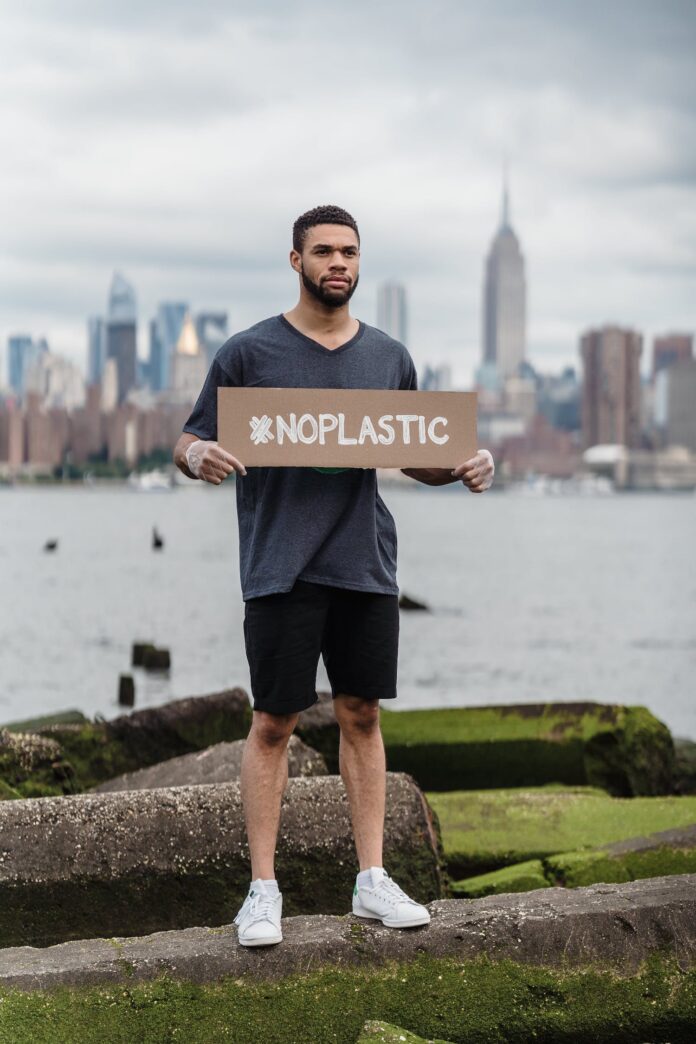
By
For nearly 50 years, the Emelle Hazardous Waste Facility in Sumter County, Alabama, has been a destination for some of the most unwanted substances in the country.
One of just 60 specialty landfills in the United States, the facility handles what your average dump cannot: PCBs, heavy metals, and waste containing dioxin. As of late, it also takes in nearly 40,000 gallons of a foam used by firefighters that contain PFAS, better known as forever chemicals.
Why does the nation’s most dangerous waste have to end up in a county that is nearly 70% Black?
But the foam doesn’t come from Alabama.
According to an investigation co-published in October by AL.com and Wisconsin Watch, the foam is being trucked down from Wisconsin — the Emelle facility receives waste from across the country and a few overseas military bases, too — where state officials decided that putting it in a landfill was the best available option for disposal (and is arguably better than burning the foam or dumping it in the sewer, as other states have done).
The decision has reignited a long-standing debate over the Emelle landfill, which sits in Alabama’s Black Belt. Why does the nation’s most dangerous waste have to end up in a county that is nearly 70% Black?
“I don’t think it’s fair for you to take your waste and ship it to an almost all-Black county,” Dorthy Oliver, who used to work in the landfill’s records department, told AL.com.
The landfill was first opened in the late 1970s by a group of investors that included James Parsons, the son-in-law of the notorious segregationist and former Alabama Governor George Wallace. The site was said to be chosen because it sits atop a 500-foot thick section of Selma chalk, as the deposit of dense stone that runs beneath a swath of Alabama and into the Florida panhandle is known.
Large trenches cut into chalk (which in the early years were unlined) were thought to be the perfect place to store hazardous waste. The stone is particularly thick in Emelle, and as the New York Times reported in 1985, “it will take a drop of water 10,000 years to work its way through the formation to the water below” — an aquifer that’s a major source of drinking water. But maps of the formation show that it’s not the only area rich in Selma chalk.
Emelle shares one thing in common with many other hazardous-waste landfill sites: its demographics. According to a 2007 study, the populations of communities with hazardous waste facilities are more than half people of color, and in towns where there are three or more such facilities, that percentage jumps to nearly two-thirds. In Emelle, 81% of the dwindling population is Black.
No matter how thick the protective chalk might be, there are inherent risks to storing hazardous materials in a landfill like Emelle’s, which used to market itself as the “Cadillac of Landfills” in the ‘80s. At the time, the EPA found that the landfill was illegally storing millions of gallons of PCBs, and Chemical Waste Management, the company that runs the landfill, was fined $600,000.
PCBs and other toxic chemicals, including pesticides and heavy metals, were found in monitoring wells in the 1980s as well. But a grassroots campaign that sought to close the landfill was unsuccessful, and it has continued to operate over the decades — becoming entrenched both as a key employer and a major contributor to the local tax base.
PFAS were already a problem in Alabama before Wisconsin started sending firefighting foam to Emelle. Testing conducted by Waterkeeper Alliance in 2022 found PFAS in 95 of Alabama’s 114 waterways. That includes the Cahaba River, which Birmingham draws its drinking water from. The so-called forever chemicals, which do not readily break down in the environment (or in the body), are linked with a variety of health problems, including fertility issues and certain cancers.
Wisconsin would have said, because they’re majority white, they would have said, ‘We ain’t going to have it.’
DORTHY OLIVER
Even if the Cadillac of Landfills can keep the PFAS contained in all of that chalk (the newer trenches are lined), there’s a certain existential threat to living alongside such large quantities of forever chemicals and other toxic waste. And there’s the question of fairness, of why it’s Emelle that has to cope with that best-case scenario — and the potential ills that might result from a leak or any other kind of spill or disaster at the facility.
Dorthy Oliver, the former landfill employee, is confident in how the landfill is run and the manner in which the waste is stored, but she can’t see things working the other way if Emelle was sending toxic chemicals north. “Wisconsin would have said, because they’re majority white, they would have said, ‘We ain’t going to have it.’”


